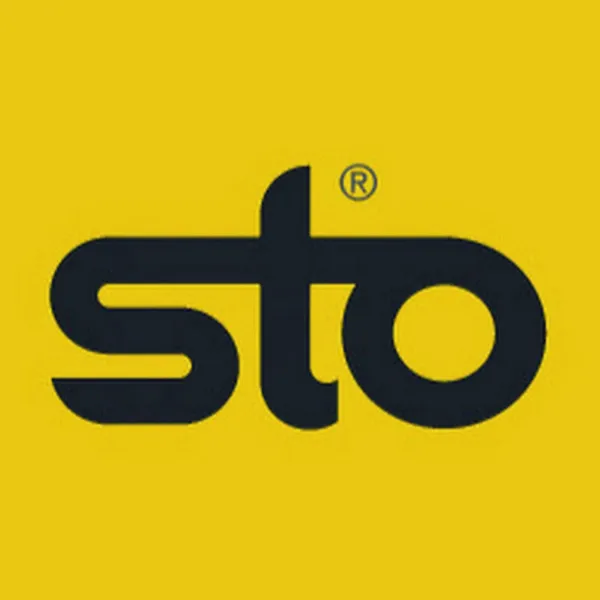Sto Corp Versus DuPont and GCP: Losing Specs on EPDs
Architects hunting for airtight carbon numbers now see DuPont’s Tyvek sheets and GCP’s Perm-A-Barrier rolls come with ready-made Environmental Product Declarations. Sto turns up with just two valid files. Guess which logos slide to the top of bid lists.


Sto’s shrinking document shelf
Building Transparency’s EC3 catalog lists only two current Sto EPDs, both for water-resistive barriers (EC3, 2025). Ten older declarations sit expired. No façade, no EIFS, no coatings. For a portfolio that spans hundreds of SKUs, that is a blinking vacancy sign.
Tyvek’s tidal wave of coverage
DuPont shows 46 live EPDs across weather barriers, insulation boards, and even countertops (EC3, 2025). Every Tyvek fluid-applied or sheet system an envelope engineer might specify already carries cradle-to-gate metrics. The result: carbon-sensitive projects in New York, British Columbia, and Frankfurt can pick Tyvek without waiting for a variance.
GCP locks down the second slot
GCP Applied Technologies brings 43 current declarations, 15 of them water-resistive or air-barrier membranes (NSF International listings, 2024). Spec writers juggling Buy Clean targets for municipal schools grab Perm-A-Barrier simply because the math is pre-calculated. Sto don’t even enter the conversation.
EIFS gap becomes a chasm
Exterior insulation and finish systems are Sto’s calling card, yet EC3 shows zero active EIFS EPDs from Sto or major U.S. rivals. That vacuum is temporary. Sika’s Senergy brand already lists 20 roofing-linked EPDs and has hinted publically at façade releases in 2026 (Sika press note, 2025). The first mover here will scoop retrofit work tied to city-level carbon caps.
The hidden price of two PDFs
One mid-rise office in Seattle can specify thirty thousand square feet of WRB. If Sto products lack EPDs, designers must plug in generic data that can add 10 % to modeled emissions (LEED v4.1 guidance, 2024). Many simply switch brands rather than fight the paperwork. Multiply that by a year of bids and the revenue leakage grows viciously fast.
Fast track back into the ring
Launching product-specific EPDs no longer drags on for a year. With a streamlined data-collection platform and a specialist partner, manufacturers routinely publish within eight weeks, even for multi-plant datasets (IBU webinar, 2025). That timeline lets Sto cover the best-selling WRBs, revive expired air-barrier declarations, and break new ground in EIFS before DuPont extends its lead.
What catching up delivers
- Specs in public projects that now require at least one EPD per enclosure assembly.
- Fewer last-minute substitutions driven by carbon scoring tools.
- A defensible sustainability narrative for distributors itching to pitch low-embodied-carbon bundles.
Bottom line for Sto Corp
Competitors are winning not because their membranes roll on faster but because their numbers roll off the page ready for auditors. Filling Sto’s EPD gaps within two months stops the bleed and reopens doors that carbon accounting had quietly shut.
Frequently Asked Questions
How many current EPDs does Sto Corp have in EC3?
Two, both covering water-resistive barrier products (EC3, 2025).
Which competitor holds the most relevant EPDs against Sto’s WRB line?
DuPont, with 46 current declarations spanning weather-barrier categories (EC3, 2025).
Are any EIFS manufacturers publishing active EPDs today?
Public databases show no active EIFS-specific EPDs yet, but Sika’s Senergy brand has signaled releases for 2026.
How quickly can a manufacturer launch new EPDs today?
Efficient partners using modern platforms regularly deliver in about eight weeks (IBU webinar, 2025).
What commercial penalty hits products without EPDs on LEED projects?
Designers must model generic data that can inflate declared emissions by roughly 10 %, making the product less attractive (LEED v4.1, 2024).
